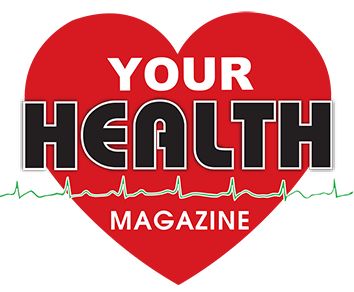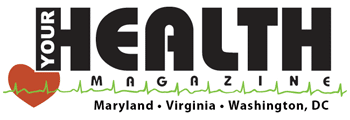
More Pain Management & Rehabilitation Articles
So Why Is the TMJ (Jaw Joint) So Important?
Part One
TMJ refers to the temporomandibular joint, which is the joint that your jaw hinges and moves within. On top of the jaw bone is a little piece of cartilage-like tissue called a “disc”. When that disc is out of place, it is not unlike having a slipped disc in your lower back. If you had a slipped disc in your lower back, that would make it very clear as to why you might have back pain, sciatica, or even pain in the lower extremities. Well, a slipped/displaced disc in your jaw joint is exactly the same thing it can cause headaches, neck/back pain, and even movement disorders like Tourette's and Parkinson's.
Unfortunately, the TMJ (jaw joint) is perhaps one of the most misunderstood joints in the human body. In dental school, it is pretty much ignored except for teaching how to make a night guard. In medical school, they tell the students to leave it to the dentist it's their territory.
Dealing with the TMJ is quite often a cross disciplinary type of treatment. When the discs within the joints are displaced, patients oftentimes don't really understand where the source of their pain is coming from. All they know is that their neck and back hurt and do not correlate that to the popping and clicking in their jaw joints. All that popping and clicking, however, is how Mother Nature gives out a warning sign of danger ahead to deal with it before it gets more serious. Once again, unfortunately for us as human beings, we go to the doctor and there is really no standard of care on how to treat this problem that can be very debilitating.
One of the best diagnostic tools to determine if the discs are indeed displaced in the joints is an MRI of the TMJ a wonderful device that simply uses magnetic imaging to see the discs. The discs in the joints can be slipped in three different directions.
When the disc is slipped forward or anteriorly, it is kind of like if your knee cap was slipped forward of the knee this can really hurt. With anterior displacement, the disc is actually stuck in that forward position, causing popping/crunching sounds.
When the disc is displaced laterally, or outward, this is more difficult to deal with than the anterior displacement. When the disc is not “reducing” (does not go back into place when you open your mouth), it is quite difficult to fix.
The other type of displacement is medial displacement. This occurs when the disc is squished inward toward the brain. This is the most difficult problem to fix. In many movement disorder patients, medial displacement seems to be the diagnosis.
Dealing with displaced discs requires wearing an oral device in order to decompress the jaw joints, which effectively gives the discs a chance to get back into proper position naturally. In fact, this technique is capable of reducing headaches, migraines, back/neck pain, and even movement disorders when done properly.
To be continued next edition Treatment Options.
Other Articles You May Find of Interest...
- How to Promote Bone Fracture Healing? Tips for Faster Healing
- Managing Chronic Back and Neck Pain
- Pervasiveness Of Pain
- Effective Solutions for Lower Back Arthritis: Medial Branch Blocks and Radiofrequency Ablation
- Spinal Compression Fracture Treatment Options
- Hiatal Hernia: A Common Cause For Heartburn
- Prevent and Treat Osteoporosis

















